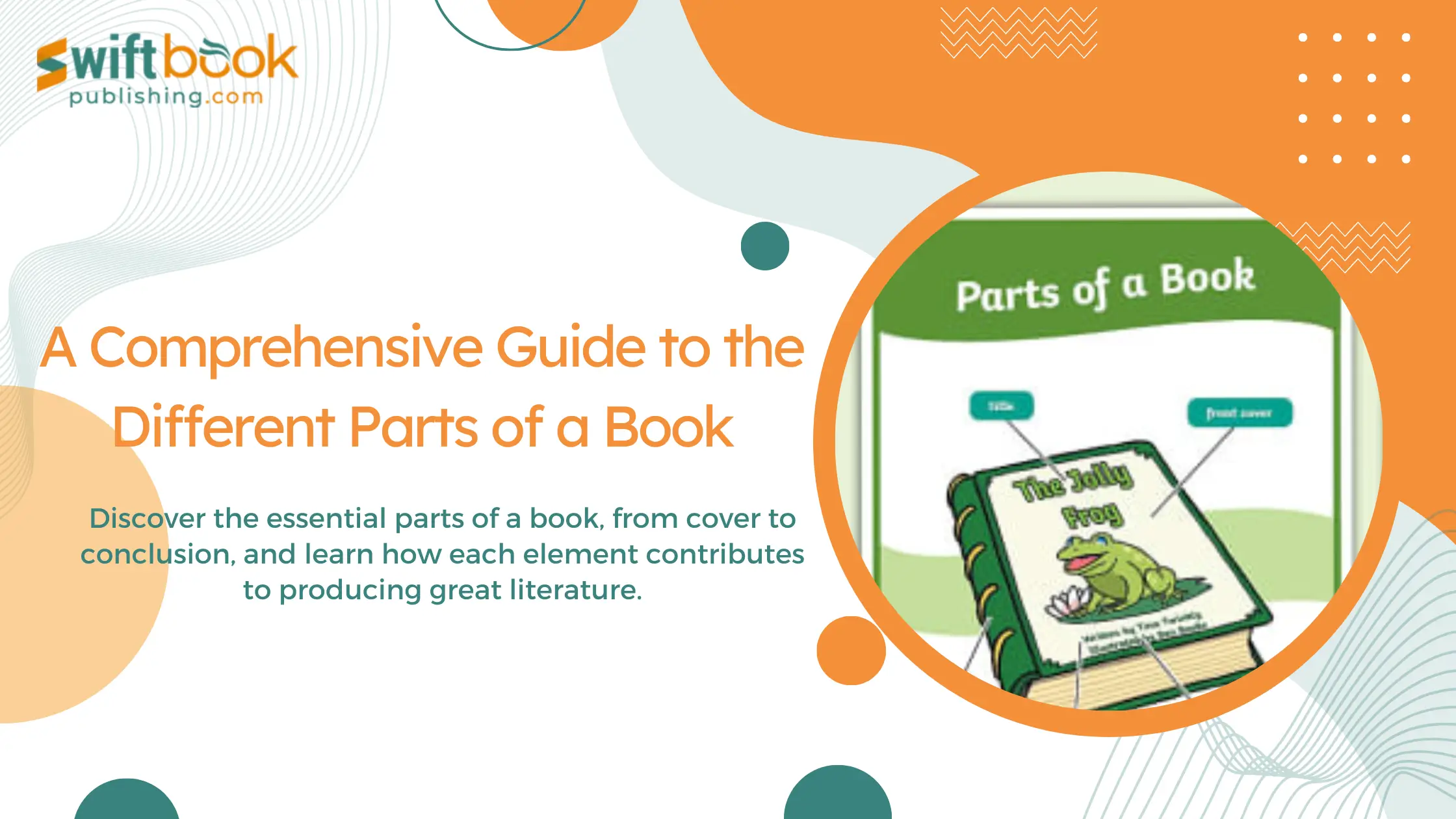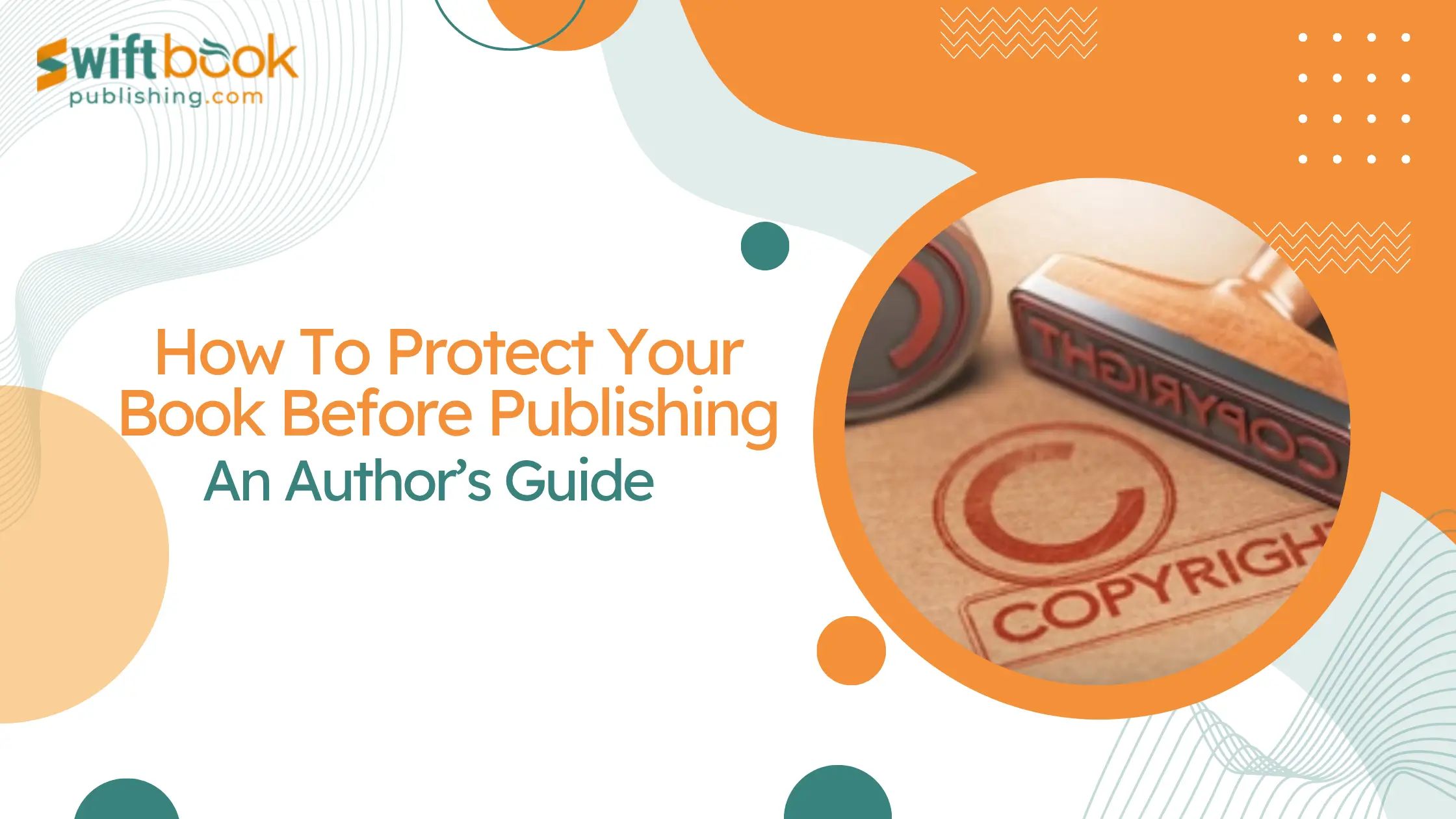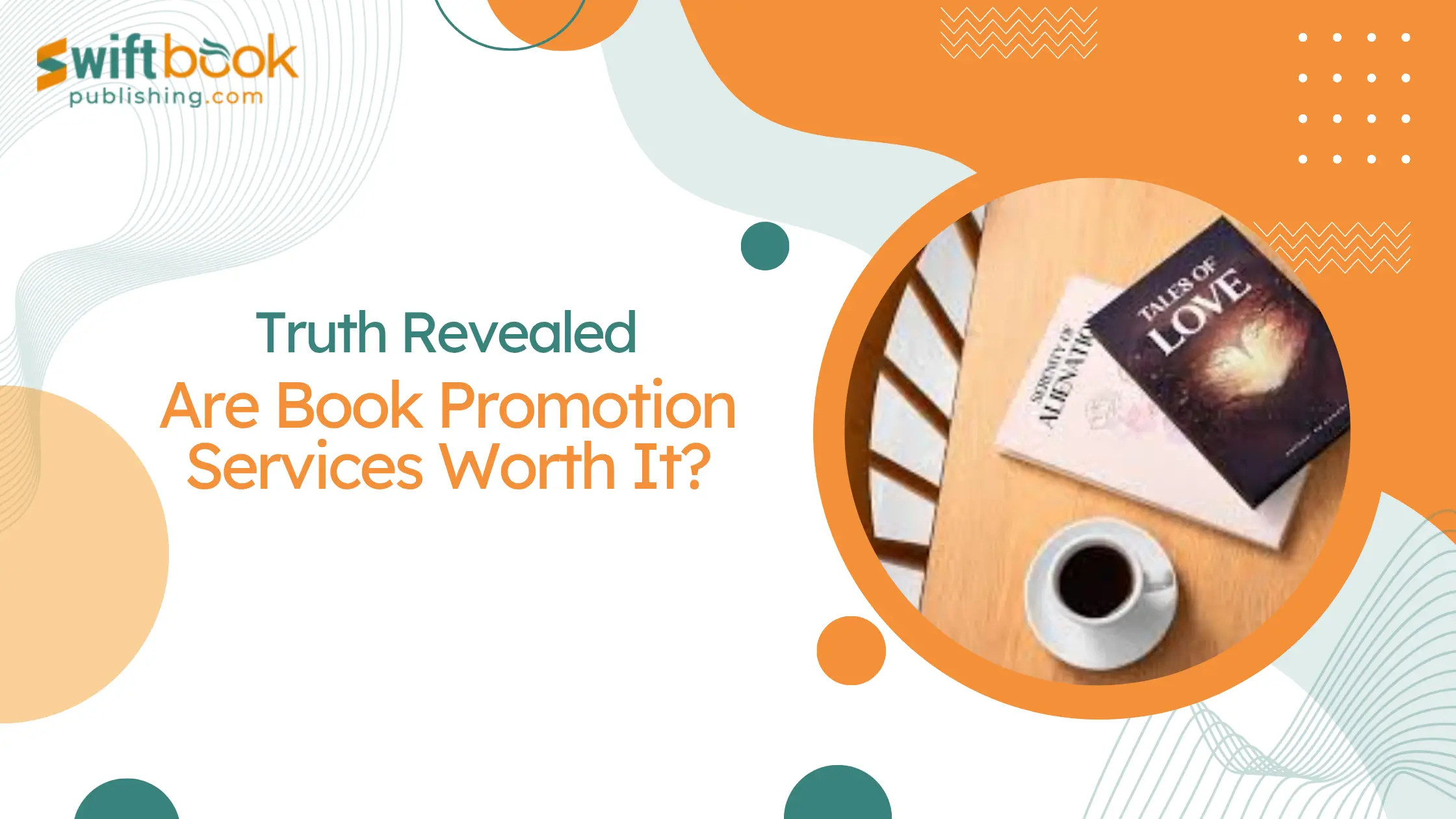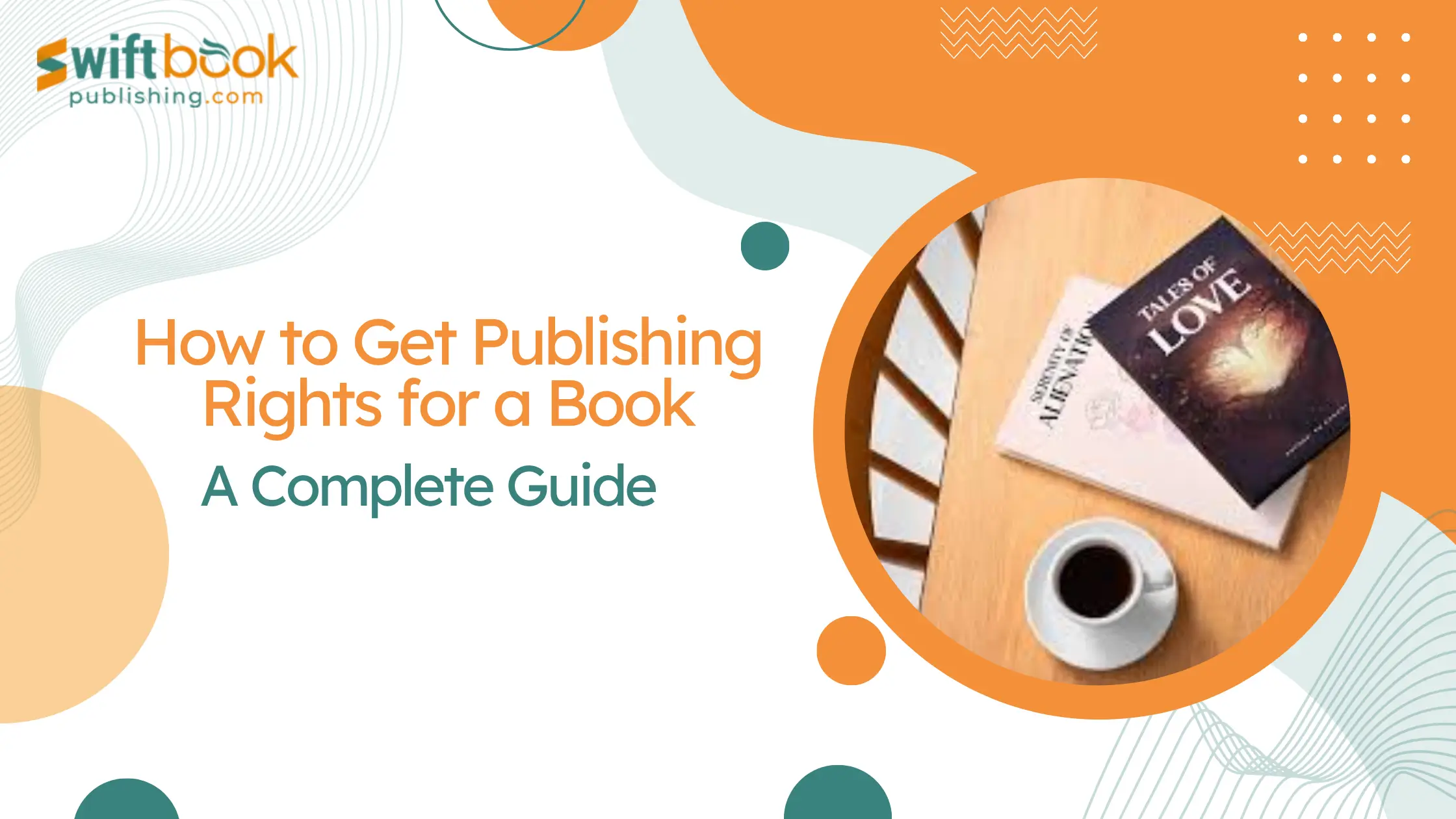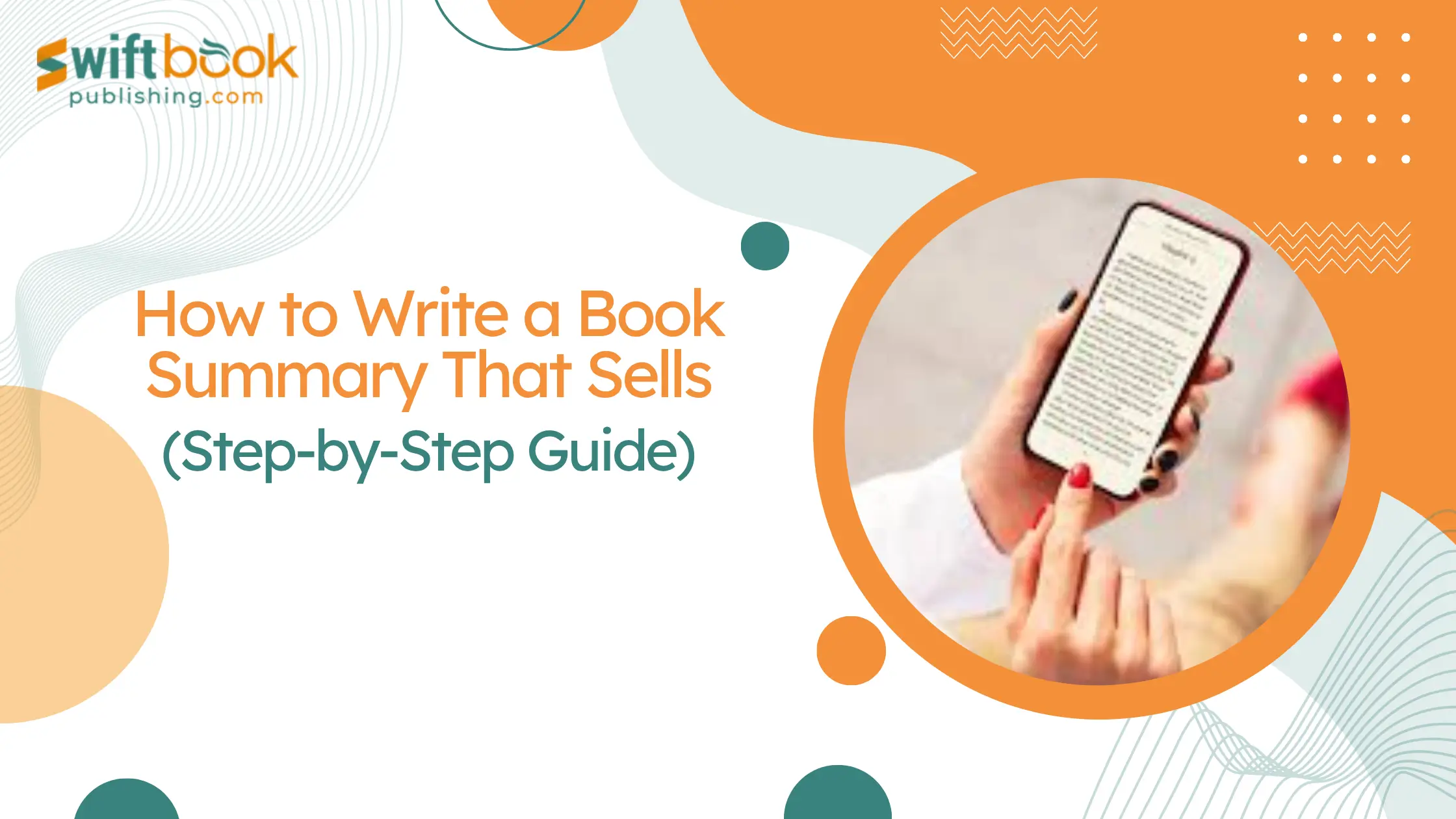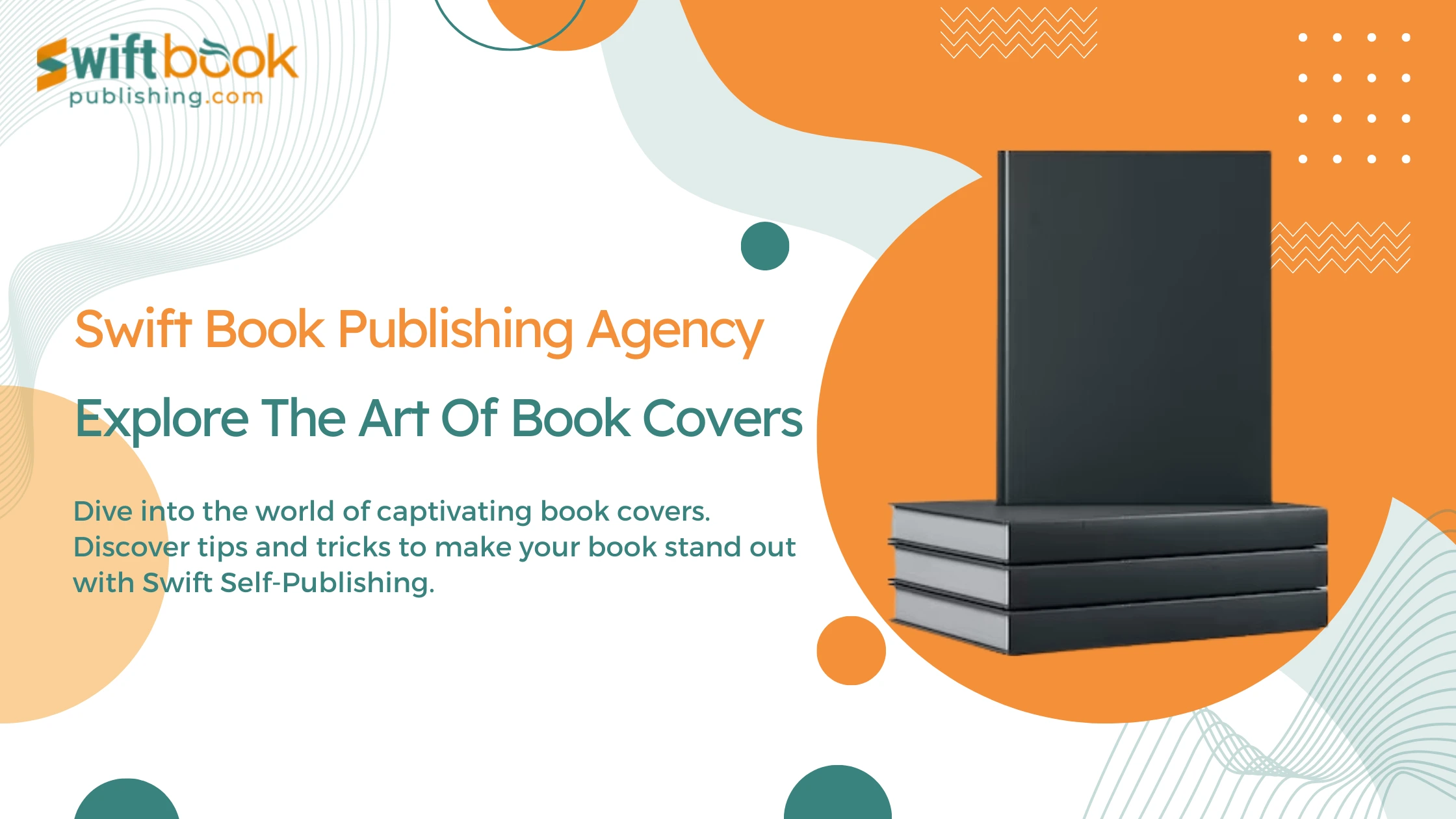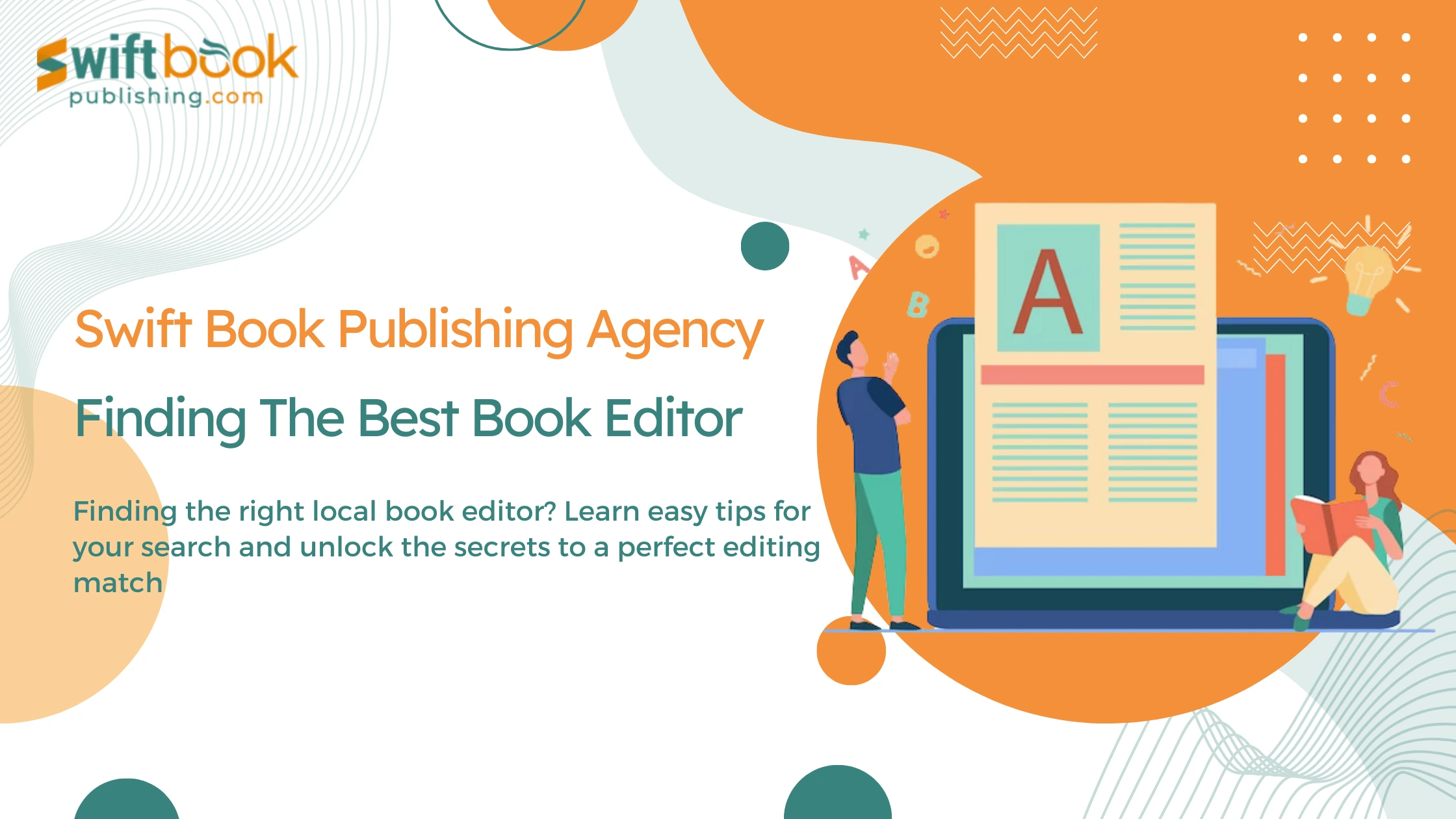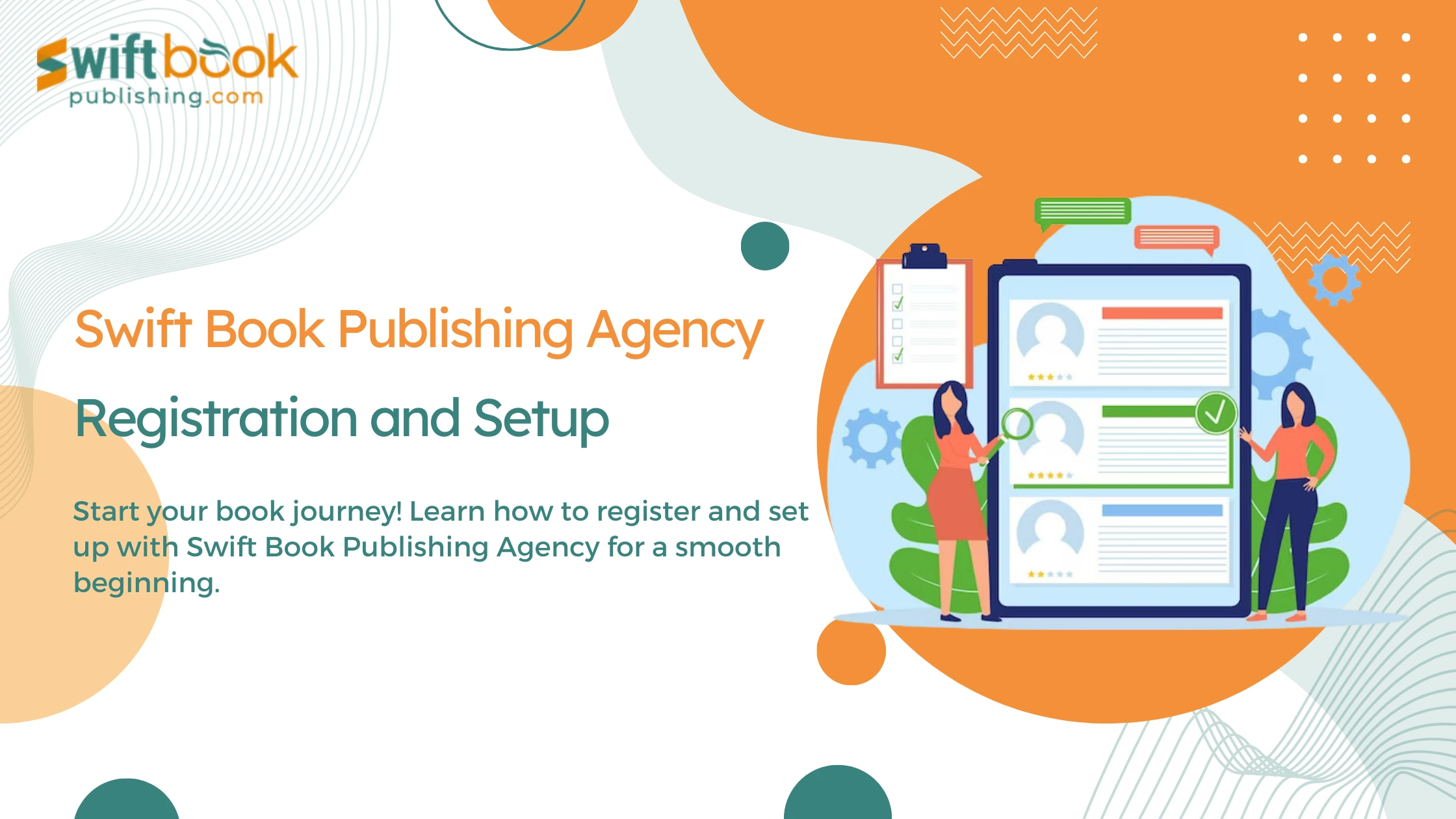When you understand the parts of writing a book, you can plan your manuscript more effectively. This knowledge helps you decide what to include and where to place it, which can save time during the editing process and improve the overall quality of your work. Additionally, a well-structured book can enhance reader engagement and comprehension, making your book more enjoyable and easier to navigate.
This guide aims to cover the essential parts of writing a book in detail. By the end, you’ll have a comprehensive understanding of each component, from the front matter to the back matter, and how to craft these parts effectively.
Why Part of a Book Is Important in Professional Book Writing?
Once you have finished your book writing and refined all the chapters, the first hurdle is crossed. However, you still have to get the book ready for publication. Therefore, you need to understand the basic parts of a book before you get your manuscript ready for publishing.
Having the text ready is not sufficient. You need to have a front and back cover, a title page, and more to get the whole manuscript in order. Hence, understanding the various parts of book will help you create a polished and professional work.
The major parts of a book include:
- The Front Matter
- The Body Matter
- The Back Matter
By understanding and effectively incorporating these components, you can ensure your book is well-organized, professional, and ready for publication.
Front Matter
Book Cover
The book cover is the first thing readers see and plays a significant role in attracting their attention. A compelling cover design can entice readers to pick up your book. It should reflect the book’s genre, tone, and content, giving a glimpse of what readers can expect inside.
Title Page
The title page is one of the first things a reader sees. It includes the book’s title, subtitle (if any), author’s name, and the publisher’s logo. This page is essential because it provides the first impression of your book. It should be clean, professional, and reflect the book’s tone and content. For example, a title page for a fiction novel might have an artistic font that matches the book’s theme, while a non-fiction title page would be more straightforward and professional.
Copyright Page
The copyright page contains legal information about your book. This typically includes the copyright notice, the year of publication, the author’s name, and any rights reserved statements. It may also include information about the book’s edition, ISBN, and credits for illustrations or cover design. The copyright page is important because it protects your intellectual property and provides legal details that may be necessary for libraries, bookstores, and readers.
Dedication Page
The dedication page is where the author can dedicate the book to someone special, such as a loved one, mentor, or inspiration. This personal touch adds emotional depth to your book and allows you to acknowledge those who supported you during the writing process.
Table of Contents
The table of contents (TOC) is a roadmap for your book. It lists the chapters or sections and their corresponding page numbers. This helps readers navigate your book and find specific information quickly. For instance, in a non-fiction book, a detailed TOC allows readers to jump directly to the chapter they’re interested in. In a novel, it can give a glimpse of the story’s structure, though it’s usually less detailed than in a non-fiction work.
Foreword, Preface, and Introduction
These elements often confuse authors, but each serves a distinct purpose:
- Foreword: Written by someone other than the author, a foreword lends credibility to the book. It typically explains why the book is important and provides context or background. For example, a renowned scientist might write a foreword for a book on climate change, highlighting the significance of the author’s work.
- Preface: Written by the author, the preface gives readers insight into why the book was written, the research process, and any acknowledgments. It’s a space for the author to share their journey and connection to the book’s subject.
- Introduction: This is where the author introduces the main themes and sets the stage for the book. It provides a brief overview of what readers can expect and often includes a hook to draw them into the content. For instance, an introduction to a mystery novel might tease the central conflict or mystery to intrigue readers.
Epigraph
An epigraph is a short quotation or saying at the beginning of a book or chapter, intended to suggest its theme. It can provide insight, set the tone, or highlight a key idea.
Acknowledgments Page
The acknowledgments page is where the author thanks those who contributed to the creation of the book. This can include editors, agents, friends, family, and anyone else who provided support.
Related Blog: How to Write a Good Acknowledgement For a Book? A complete Guide
By understanding and effectively using the front matter, you can create a professional and inviting entry into your book. Each element serves to guide, inform, and engage your readers right from the start.
Importance of Front Matter
Understanding the importance of each part of a book is crucial for creating a well-structured and engaging manuscript. Each component plays a specific role in shaping the overall reading experience and ensuring that your book is professional and accessible.
- Title Page: Sets the first impression and provides essential information about the book. A well-designed title page can attract readers and convey the book’s tone.
- Copyright Page: Protects your intellectual property and provides legal information necessary for publication and distribution.
- Table of Contents: Acts as a roadmap, helping readers navigate through your book easily and find specific sections or chapters.
- Foreword, Preface, and Introduction: Establishes credibility, provides context, and introduces the main themes, helping readers understand the purpose and scope of the book.
Front Matter Tips for Authors
Crafting each part of your book effectively requires attention to detail and a clear understanding of their purposes. Here are some practical tips to help you succeed:
- Keep it simple and professional. Use a clean design and choose fonts that reflect the book’s tone.
- Include all necessary legal information. Consult with a professional if you’re unsure about the details.
- Ensure it accurately reflects the content and structure of your book. Update it after finalizing the manuscript.
- Write these sections last to ensure they align with the final content of the book. Keep them concise and focused on their specific purposes.
Body Matter
Chapters
Chapters are the primary divisions of your book, and they play a crucial role in structuring and organizing your content. Each chapter should cover a specific topic or part of the story, creating a logical progression that keeps readers engaged. For example, in a non-fiction book on gardening, one chapter might focus on soil preparation while another addresses planting techniques.
In a novel, chapters might follow the chronological order of events or switch between different character perspectives. Clearly defined chapters help readers navigate through the book and understand the structure of your narrative or argument.
Sections and Subsections
Breaking down chapters into sections and subsections can further enhance clarity and organization. Sections are larger divisions within a chapter that group related content, while subsections provide even more detailed breakdowns. This hierarchical structure makes it easier for readers to follow complex ideas and locate specific information. For instance, a section in a chapter about soil preparation might cover soil types, and subsections within it could discuss sandy, clay, and loamy soils. Using headings and subheadings can guide readers through the content and improve readability.
Prologue
A prologue is an introductory section that sets the scene for the story, providing background information or a glimpse into the events that will unfold. It is often used in fiction to hook the reader’s interest.
Illustrations and Tables
Illustrations and tables are powerful tools for enhancing understanding and retention of information. Visuals can simplify complex concepts, provide concrete examples, and break up large blocks of text. In a cookbook, for instance, photographs of each step in a recipe can help readers follow along more easily. Tables are useful for presenting data or comparisons in a concise format. For example, a table in a business book might compare different marketing strategies and their outcomes. Including relevant and high-quality visuals can make your book more engaging and informative.
Footnotes and Endnotes
Footnotes and endnotes allow you to provide additional information without disrupting the main flow of your text. Footnotes appear at the bottom of the page where the reference is made, while endnotes are collected at the end of the chapter or book. These notes can include citations, explanations, or supplementary details. For instance, a history book might use footnotes to cite primary sources or provide context for certain events. Endnotes can be used in academic books to list all references in one place. Using these tools appropriately can add depth to your content and support your arguments without overwhelming the reader.
Importance of Body Matter
Understanding the importance of each part of the body matter is crucial for creating a well-structured and engaging manuscript. Each component of the body matter plays a specific role in developing the content and maintaining the reader’s interest, ensuring that your book is professional and accessible.
- Chapters: Organizes content into manageable sections, making it easier for readers to follow the narrative or argument. Well-structured chapters enhance readability and engagement.
- Sections and Subsections: Break down complex information into smaller, digestible parts, improving clarity and comprehension.
- Illustrations and Tables: Enhance understanding by providing visual aids and simplifying complex data, making the content more engaging and accessible.
- Footnotes and Endnotes: Offer additional information and citations without interrupting the main text, adding depth and supporting your arguments.
Body Matter Tips For Authors
- Plan your chapters in advance with a clear outline. Ensure each chapter has a beginning, middle, and end, maintaining a logical flow.
- Use headings and subheadings to break down content. This not only improves readability but also helps in organizing your thoughts.
- Use high-quality images and clear tables. Ensure they are relevant and add value to the text.
- Use them sparingly to avoid clutter. Place them where they add the most value without disrupting the reader’s flow.
Back Matter
Epilogue
An epilogue provides a conclusion to the story, often detailing the events that occur after the main plot has concluded. It can provide closure and answer any remaining questions readers might have.
Appendix
An appendix contains additional material that supports the main text but is too detailed to include within the main chapters. This can include raw data, technical details, or supplementary essays.
For example, a book on economics might have an appendix with complex mathematical models or data tables. The appendix is a valuable resource for readers who want to delve deeper into the subject without disrupting the flow of the main content.
Glossary
A glossary provides definitions for specialized terms used in your book. This is particularly useful in technical or academic works where readers might encounter unfamiliar jargon. For instance, a science book on genetics might include a glossary defining terms like “allele,” “genome,” and “phenotype.” A well-compiled glossary enhances the reader’s understanding and ensures they can follow the text without confusion.
Bibliography
The bibliography lists all the sources you referenced or consulted during the writing of your book. This section is essential in non-fiction works as it provides credibility and allows readers to verify information or explore further reading. For example, a biography of a historical figure might include a bibliography with books, articles, and archival sources. Properly citing sources in a bibliography not only acknowledges the work of other authors but also strengthens your own research.
Index
An index is an alphabetical list of topics covered in the book, along with the pages where they are discussed. This tool helps readers quickly find specific information without having to search through the entire book. For example, a medical textbook might have an index that allows students to look up terms like “cardiovascular system” or “neurology” and find the relevant pages instantly. A well-organized index improves the usability of your book and makes it a more valuable reference tool.
By effectively incorporating these elements into your book’s body and back matter, you can create a structured, engaging, and user-friendly manuscript that enhances the reader’s experience and provides valuable resources.
Importance of Back Matter
The back matter provides additional resources and information, enhancing the reader’s understanding and offering further avenues for exploration.
- Appendix: Provides supplementary material that supports the main text, offering additional resources for interested readers without cluttering the primary content.
- Glossary: Helps readers understand specialized terms, ensuring they can follow the text without confusion.
- Bibliography: Enhances credibility by citing sources and offering further reading, showing that your work is well-researched.
- Index: Improves the usability of your book by allowing readers to quickly find specific topics or information, making it a valuable reference tool.
Each part of a book is important for both authors and readers. For authors, understanding these components helps in planning, writing, and organizing the content effectively. For readers, these parts enhance the reading experience, making the book easier to navigate, understand, and enjoy.
Back Matter Tips For Authors
- Only include essential supplementary material. Too much detail can overwhelm readers.
- Keep definitions clear and concise. Include only terms that are used frequently or are essential to understanding the text.
- Follow a consistent citation style. Include all sources that were important to your research or that provide further reading.
- Create a detailed index that covers all key terms and topics. Consider using indexing software or hiring a professional indexer.
Common Mistakes to Avoid
- Overloading the front matter with unnecessary details.
- Neglecting the importance of the table of contents.
- Using too many footnotes or endnotes, which can distract readers.
- Failing to update the table of contents and index after final edits.
- Including irrelevant or excessive material in the appendix.
Balancing Creativity with Structure
- While creativity is important, structure ensures your book is accessible and readable. Plan your book’s structure early in the writing process.
- Use an outline to organize your thoughts but allow flexibility for creative inspiration.
- Balance detailed planning with spontaneous writing sessions to maintain both structure and creativity.
By following these tips and avoiding common mistakes, you can craft each part of your book effectively, ensuring a well-organized and engaging final product. Balancing creativity with structure will help you create a book that is both enjoyable to write and read.
Wrapping up
Understanding the parts of book is essential for any author aiming to produce a professional and engaging manuscript. Each part, from the front matter to the body matter and back matter, plays a vital role in shaping the reader’s experience and ensuring the book is well-organized and accessible.
By paying attention to the front matter, you set the stage for your readers, providing them with essential information and context. The body matter is where your main content resides, organized in a way that keeps readers engaged and informed. Finally, the back matter offers additional resources and information, enhancing the reader’s understanding and offering further avenues for exploration.


